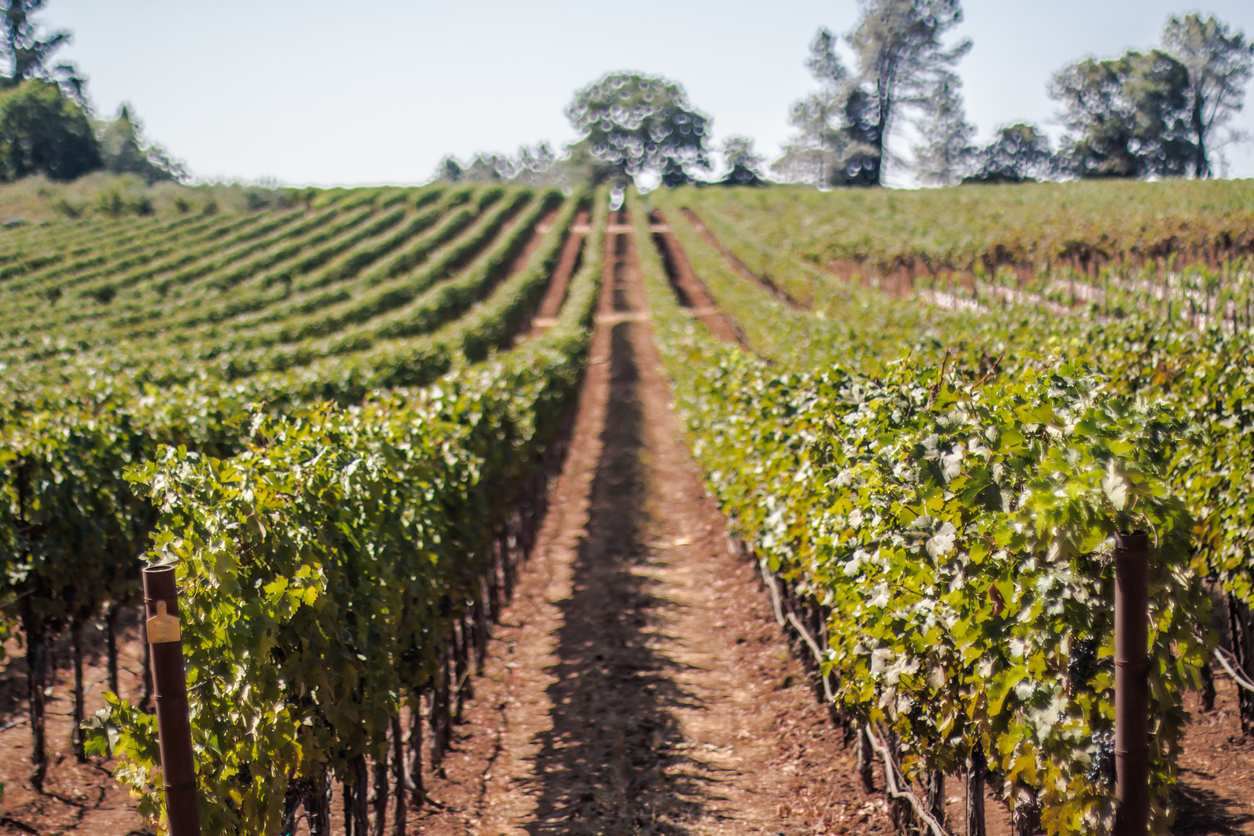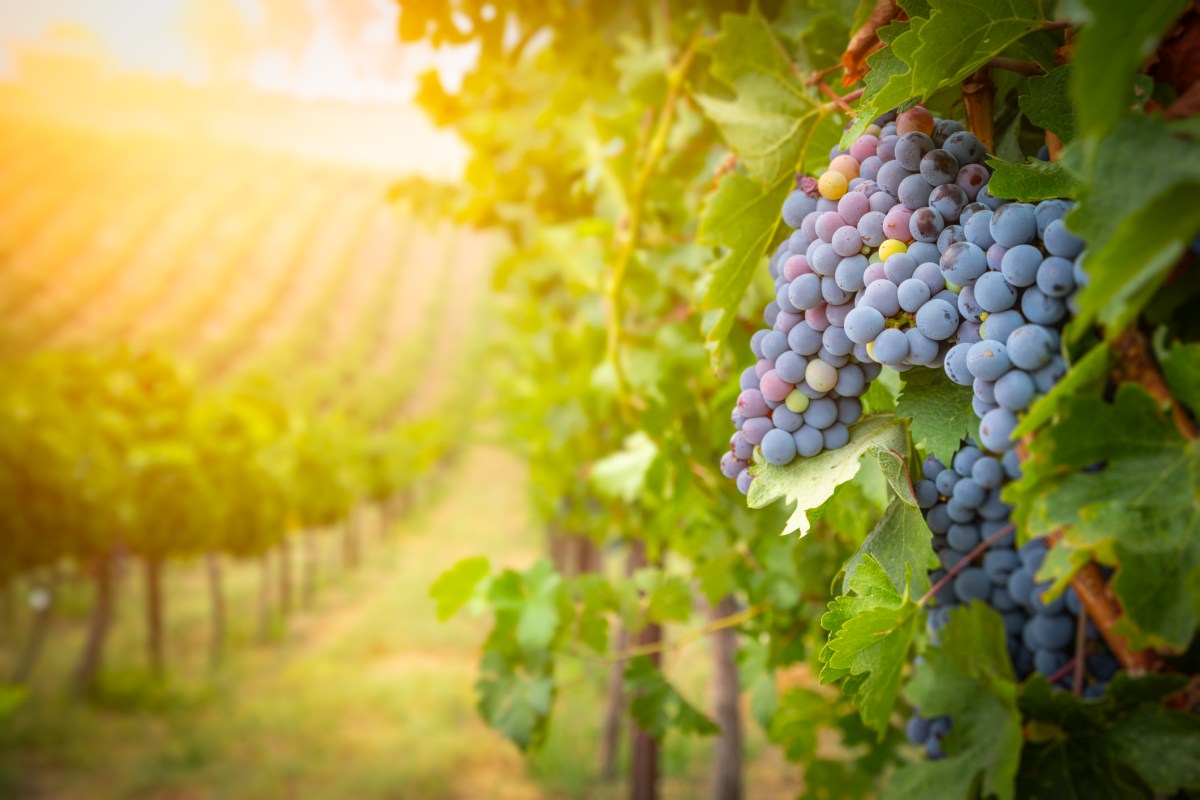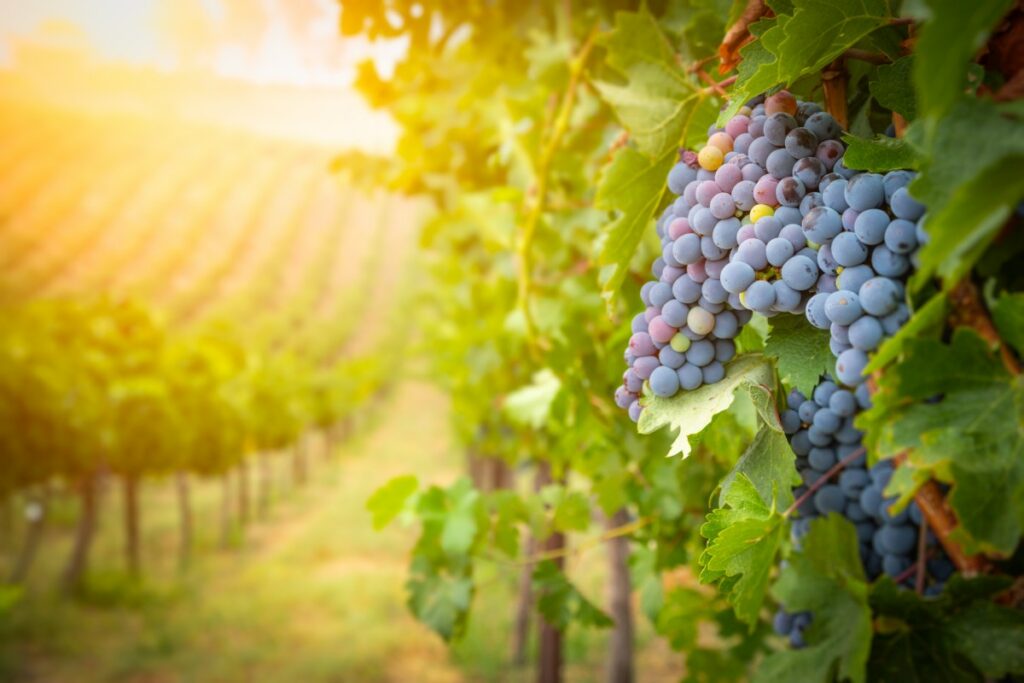Planting Grapevines – How To Grow And Harvest Grapes In The Garden
Grapevines (Vitis vinifera) are one of the oldest plants that were domesticated by humans. Experts estimate that it has been around for over 65 million years. This means the grapevine first appeared right after the demise of the last dinosaur. With little care and maintenance, you can have a successfully growing grapevine in your garden that offers shade, a dramatic landscape, and delicious fruits all in one.
Once humans realized that they could squeeze sweet wine out of the grapes, the value of the grapevine increased exponentially overnight. But even if the wine doesn’t tickle your taste buds, you will be more than eager to plant this vine in your garden for reasons that we’ll detail later. One thing to keep in mind is that when you purchase a grape plant from the nursery, make sure it’s at least one year old. Vines younger than one year are less likely to grow when transported.
Grapevine Varieties
With over 60 species that grow naturally, you have lots of options when it comes to growing a grapevine in your garden. Of course, not all these varieties are suitable for your particular region or weather conditions. Some produce more crop than others while specific species have better ornamental values.
- Boskoop Glory: One of the easiest grapes to grow and harvest. It has a sweet flavor and produces an abundance of fruit. This variety grows well in different types of soil and is disease-resistant. It produces red wine.
- Pinot Noir: Another source of red wine. But this grape is a little fussy both with the soil and weather. It doesn’t do well in humid conditions and succumbs to botrytis. It prefers cool climates where you can get grapes with amazing flavors.
- New York Muscat: You can either grow it for its red wine or for the rich flavors. Or you can just grow it for show. The grapes have a dark red color and taste like blackcurrant. While it’s also disease-resistant, the vines need plenty of sunlight and high temperature to grow and produce.
- Seyval Blanc: Makes good sparkling wine and is grown mainly for its bountiful crops. It resists many of the diseases that plague grapevines such as mildew and others. It needs rich soil.
- Buckland Sweetwater: If you prefer to eat your grapes than make wine out of them, this is the grape to grow. It is easy to care for and the crop ripens faster than other species. It requires plenty of nutrition, but you can fit it in a small space since it doesn’t spread around like other vines.
- Muller Thurgau: Farmers grow this variety for its rich flavors mainly. It produces tasty crops and is more suited to moderate climates. That said, if you’re new to growing grapes, you might have trouble with this one since it is prone to diseases and sometimes the fruits don’t ripen.
Reasons to Grow Grapevine in your Garden
You don’t have to own a winery to grow a grapevine. The advantages of the vine make it a good choice for anyone with enough space to grow a plant. Here are some of the reasons why you’d consider the grapevine as a candidate for your garden.
- The lush green vine with its intricate branches and flat leaves create a dramatic effect in any landscape.
- The grapevine is so easy to grow, you won’t need any experience with gardening. In fact, many neglected vines keep growing even in deserted places.
- They last for years on end and pass from one generation to the next. After a while, the grapevine becomes an integral part of the family.
- And of course, they have a high yield of delicious fruits that you can eat raw or use in cakes, juices, or other desserts.
- You can grow more than one vine to transform the landscape in your garden or lawn.
- They are quite productive. Each vine produces about 20 pounds of fruit per season.
- The vines are easy to train and you can use their twisty branches to create any shape or design you have in mind.
- In the fall, the leaves turn golden with a shade of red.
- They attract many good insects such as ladybugs which feed on other bugs.
How to Grow Grapes
While grape plants are easy to grow, they still need some work to get them started. In general, you should avoid growing the grapevine from seeds. That’s a lengthy and error-prone process with limited success. Instead, you should buy a plant from a reputable nursery. This takes out the guesswork from the process and increases the chances of success. Here’s how you plant the grapevine in simple steps.
- Select a healthy vine with good root distribution that’s at least one year old. Make sure the cane is straight without any flaws.
- Plan the location of your grapevine carefully. These are long term plants that last for more than 50 years. Make sure you have enough space to allow it to grow.
- Choose a sunny spot that gets at least 6 hours of sun every day.
- Use a spade to till the topsoil. Turn a few inches and mix in organic materials. Leave it in the sun for a few days before planting.
- Erect a trellis near the planting site for support. As climbers, the grapevine needs suitable support such as a fence or a trellis.
- In the early spring after the last frost, you can plant the grapevine on a sunny day.
- Dig a hole in the soil about as deep as the nearest bud to the base. Make it wide enough to take the rootball comfortably.
- Fill the hole with soil and pack it to make sure the vine is standing on its own.
- Water the soil till it’s soaked.
- Keep the soil moist and only water it when the top couple inches go dry.
Grapevine Care
With USDA hardiness zones between 6 and 10, it’s obvious that most grapevine varieties prefer warm weather conditions and lots of sunlight. This is a plant that doesn’t handle frost well especially in the first year. You’ll also need to pay attention to fertilizing, pruning, and harvesting.
Soil
Rich soil is one of the prerequisites of a successful and productive grapevine. Sandy and loose soil is ideal since it is well-drained. Test the soil before you plant the vine and make sure the pH is between 6.5 and 7. If it’s too acidic, try to mix sand in the soil. Avoid planting in clay since the roots don’t like to be soaked with water.
Fertilizer
As the roots of the vine become established, they dig deeper and deeper into the soil each year. This makes fertilizing redundant once the vine is a few years old. However, if you’re growing it for its fruits, you will need to dig up the soil near the roots and dump organic materials. The best time for that is in the spring around the growth spurt. For an established vine, you can use about 15 pounds of organic compost once a year. Cover the compost with soil and water immediately.
Watering
The far-reaching roots of the grapevine not only seek nutrition in the deep recess of the soil but also moisture. As such, you won’t have to water the vine that much. On average you should irrigate the soil enough to make it moist but not wet. The vine needs the most water during flowering and when the fruits develop. After the fruits ripen, you won’t need to water the plant that much. In fact, watering during that time would yield a crop with less flavor and sweetness.
Pruning
Pruning the grapevine is a little tricky. So you need to pay attention to which branches to prune and which to leave. In general, the branches that carry buds develop in the fall and wait for the spring to bloom into flowers and later into grapes. You’ll need to wait till the late fall for these buds to fully develop. Then you can cut away the other branches which are too old to carry buds. The difference between bud-carrying branches and non-essential ones is as clear as day. The young branches are usually smooth and are light in color. The older, and woodier, branches can be pruned without impacting the growth or productivity of the vine.
Pests and Diseases
The lush foliage and delicious fruits of the grapevine make it an easy target for plenty of pests and diseases. Among the most common bugs to watch out for are the mealybugs, glasshouse red spider, and spotted mites. None of them are good news once they make the vine their home. You should use neem oil to get rid of these bugs as soon as you spot them on the vine.
As for diseases, gray mold is usually common in humid climates. It’s a fungal infection that affects the leaves and covers them with discolored patches. Remove the infected leaves or whole branches to prevent the spread of the infection.
Powdery mildew is another disease that infects the vines. If you notice a white residue on the top of the leaves, that’s an indication the plant is infected. It stunts the growth of the leaves and could kill a whole branch. Again, you’ll need to get rid of any infected leaves to preserve the integrity of the whole vine.
Harvesting
Once the grapes have reached their full maturity and start to ripen, you should hold off watering the vine. This could dilute the flavors and taste. One indication that your grapes are ripe and ready to harvest is when they feel soft between your fingers. Depending on the variety, the grapes will turn from green to their final color.
Use clean scissors to cut the stalk of the grapes. It’s better to eat the grapes as soon as they’re harvested since they lose their flavor the more they sit in the fridge.



